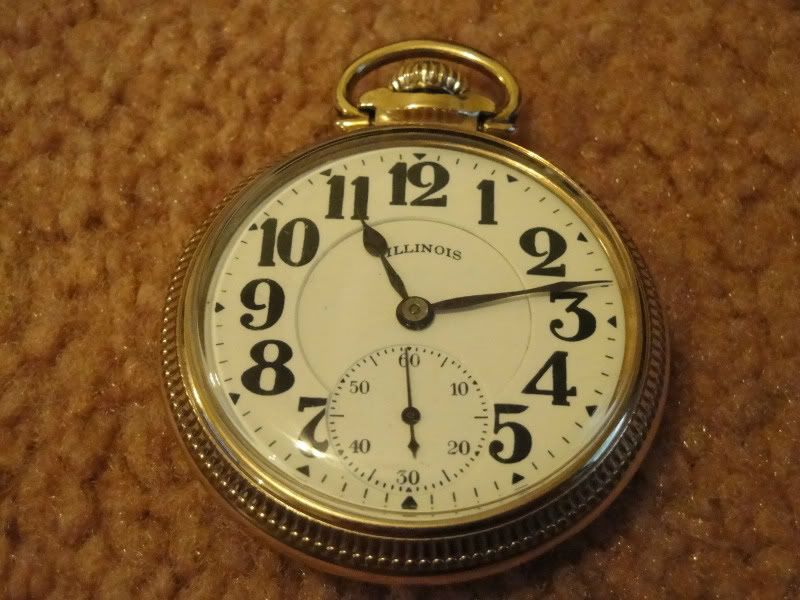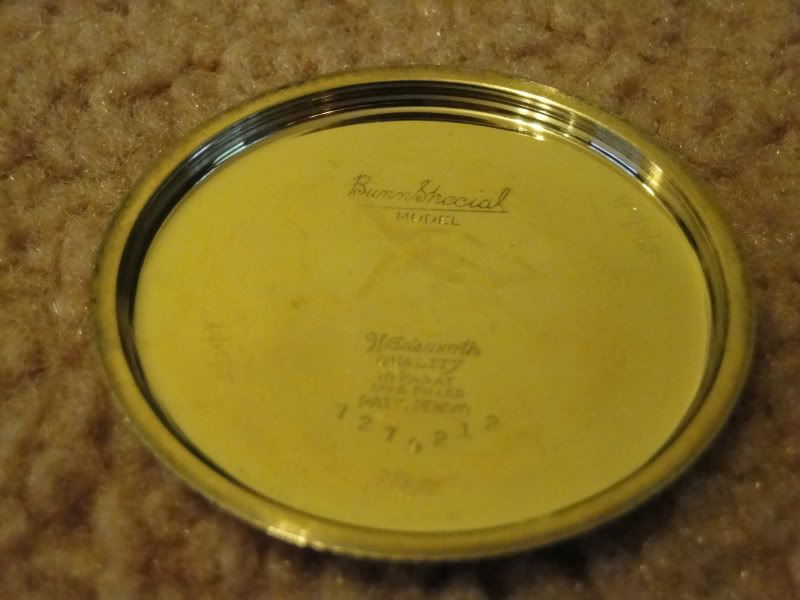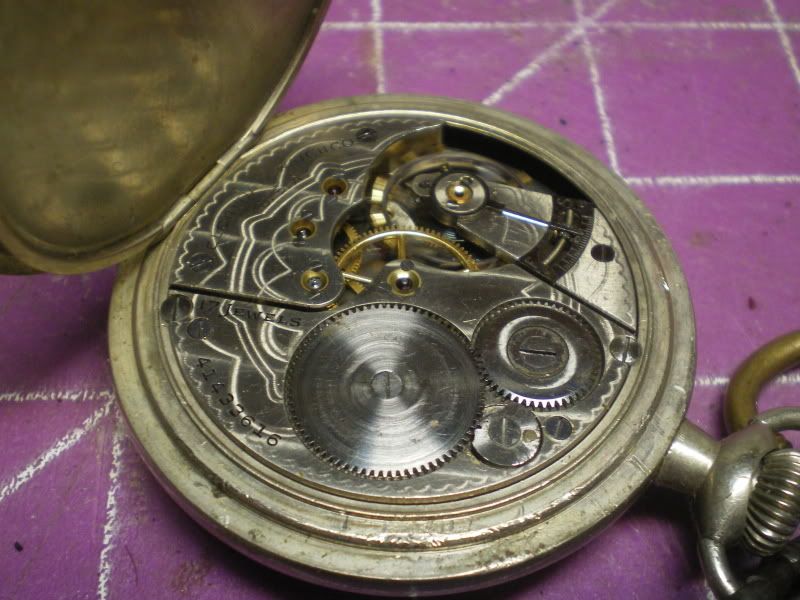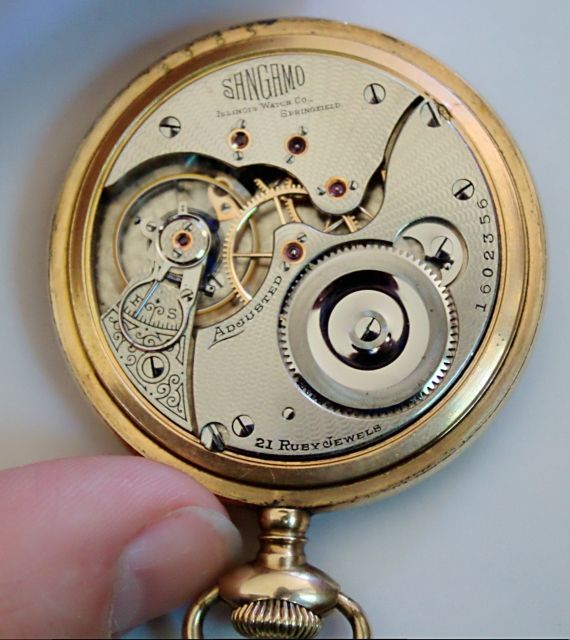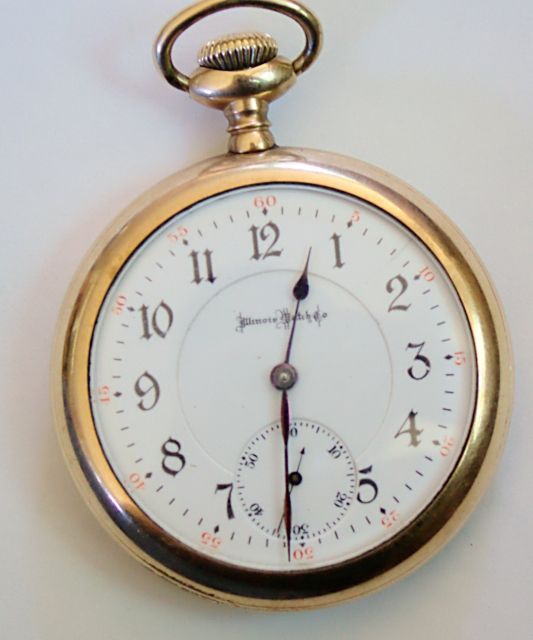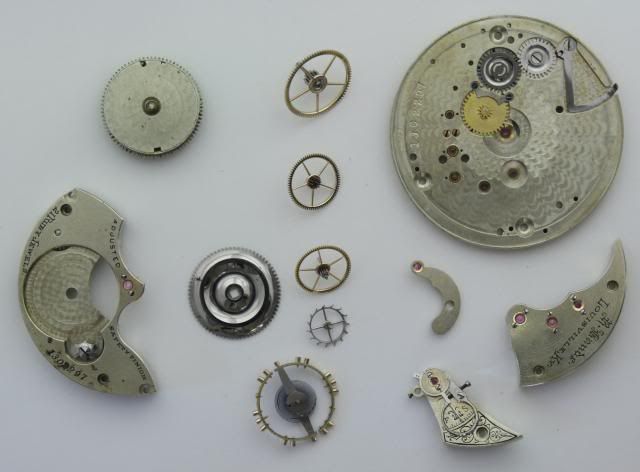quote:
Originally posted by Will:
Do you sell watches? Repair them? I would be afraid to buy a watch without knowing what condition the movement is in.
I have some old watches I got from my Dad. One of them ran for a while and then stropped. I have been told that if a watch isn't used for many years and then wound, that the grease/lubrication will have hardened and then when you wind the watch and run it, it basically eats up the works. Badly expressed, but is this true?
Hi Will,
Thanks for you nice comments.
I do occasionally do repairs, although I'm also a full time student and am not taking new repair work now until I get caught up. I have also at times offered watches for sale here on the buy-sell board, but I quit because I didn't get a whole lot of interest.
As far as your lubrication question:
Horological lubricants were historically animal derived products, most notable whale and other marine life. In fact, Nye oil, one of the oldest and in the past one of the best oil makers, was noted for their porpoise jaw oil.
For the past 60 years or so, virtually all horological lubricants have been synthetic.
The animal lubricants do break down and harden over time-often degraded performance can be seen in as little as 2-3 years(this was a large part of the reason why watches in railroad time service had to be cleaned every 2 years). It's not uncommon to find a watch now that won't run at all due to being completely gummed up from this type of oil.
It's not a good idea to run a watch with degraded lubricant extensively, for the reason you've cited. At the same time, though, it certainly won't hurt to wind the watch up part of the way every once in a while and let it run down.
Modern sythetic lubricants don't really degrade, whether in the bottle or in the watch. One of the best general purpose watch oils ever made was Elgin M56b, which hasn't been made since the 1960s. I still use this lubricant regularly, and it still works great. What does happen, though, is that the oil can attract dust and dirt which can then abrade the pivots. So, a watch lubricated with synthetic oil and used regularly still needs to be cleaned every couple of years-pocket watch cases aren't very airtight.




